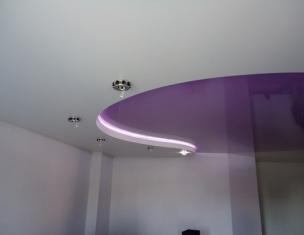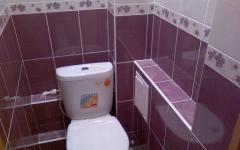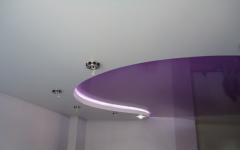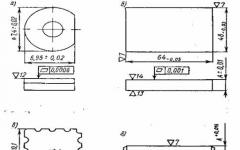Wood is a material very susceptible to fluctuations in temperature and humidity, so even boards that are initially perfectly matched to each other may not lie so tightly after a couple of months. In addition, the floor in the room is always subjected to a large mechanical load, which means that the boards gradually wear out, wear out, chips and cracks occur. There is only one result - cracks appear in the floor covering. Of course, you can remove the floor and re-lay it again, but there are less radical repair methods, and one of them, simple and convenient, is the use of sealants for sealing.
As the name implies, the main purpose of the entire group of similar building materials is to create an airtight coating. Sealants can be completely simple, without any additional properties, or special, for example, resistant to temperature effects, containing bacterial protection against fungus, etc.
According to the method of preparation, sealing compounds are divided into:
- One-component (harden in air when applied to the surface);
- Two-component (they are two separate compositions in different packages, starting to harden only some time after mixing).
The main active ingredient in sealants is acrylic, silicone, thiokol or urethane. For interior work and for wooden floors in particular, the first two types are usually used.
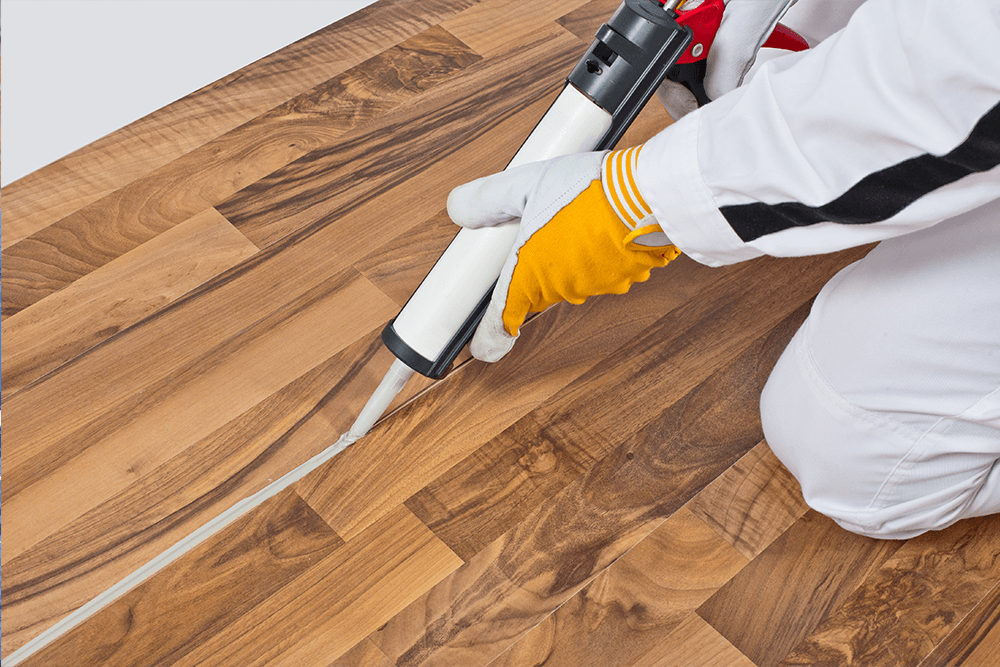
Sealant requirements:
- Good adhesion (adhesion) of the sealant to the surfaces to which it is applied;
- Elasticity, because even after applying the sealant, the slight mobility of the wooden elements relative to each other does not disappear;
- No harmful emissions during operation;
- The possibility of applying a topcoat over it or the presence of persistent color pigments in the sealant itself;
- Water resistance. Of course, the wooden floor, and with it the sealant, will not be exposed to prolonged and abundant exposure to water, but the sealing compound must endure changes in humidity, cleaning with a wet rag or accidentally spilled water, otherwise there is little sense from it.
Using wood floor sealer
There are a lot of ways to close up unwanted gaps at the junctions of individual floor elements. What is good sealant for a wooden floor?
- Allows you to get rid of drafts and heat loss through cracks in the surface;
- Remove completely or reduce the creak from the friction of individual boards among themselves;
- Prevent moisture penetration between the boards;
- Protects against insects that love to settle in the space between the boards;
- Removes dust and dirt collection points.
Sealers can be applied to any type of wood flooring, be it just planks, parquet or laminate.
How to use
Before sealing the cracks in the wooden floor of the house with a sealant, these cracks must be cleaned of dust and dirt, if necessary, dried. It is also desirable that for some time before the application of sealants and all the time of their hardening, approximately the same temperature and humidity conditions are maintained.
When the surface is properly prepared, the sealant is squeezed into the space between the boards in the wooden floor, spreading evenly with a spatula, spatula, or even just gloved fingers, and excess compound is removed with a dry cloth. To make this easy to do even before the composition begins to harden, it is better to apply it in small portions.
Sealant does not require special sealing for uniform filling of joints. The fact is that in most cases such funds are produced in packages like a syringe or squeezed out through pistols, i.e. enter the gaps between the floor boards under pressure and thus densely fill them.
The sealant begins to dry already within 10-15 minutes after application, but it completely hardens on average in a day. The higher the humidity and the lower the temperature in the room, the longer it will take. Information about how much each specific composition dries is necessarily indicated on its packaging.
An important point: most sealants have an unpleasant odor to some extent when applied. You should not be afraid of this, having frozen, such compositions cease to smell, but it is better to work in a ventilated room.
Which sealant to choose?
A variety of sealing compounds in building materials stores for an unprepared person can be confusing. With the special properties of sealants, everything is clear: for example, for a damp room, it is advisable to choose a product with antibacterial protection; and if the seam in the wooden floor is in plain sight, and its aesthetic appearance is necessary, then it is easier for it to be sealed with a colored compound. But what about the main active ingredients of sealants?
To work with wood, acrylic and silicone compounds are most often used, and polyurethane is a little less common. All of them meet the basic requirements for such compositions, but still have some differences.
Acrylic sealants tend to shrink a lot (relative to those containing silicone), and after curing they become less elastic. In this regard, such compositions do not tolerate significant temperature changes very well, and it is better not to use them in unheated rooms in cold climates. But such sealants can be sanded if necessary to obtain a flat and smooth surface, and are also well painted.
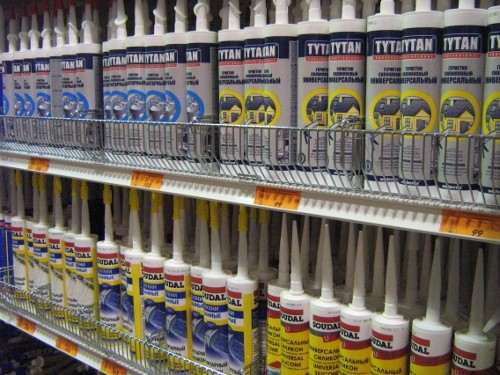
Silicone sealants are more plastic after application, resistant to compression, bending and other deforming loads, adhere well even to fairly smooth and even surfaces, but are not suitable for subsequent painting. However, no one bothers to buy an initially colored composition that matches the color of the floor covering.
Polyurethane compounds are the most durable and durable, they are resistant to serious fluctuations in temperature and humidity conditions (i.e., they can be used outdoors), very elastic and resistant to damage. The only drawback can only be considered a higher price relative to acrylic and silicone formulations.
If we talk about specific manufacturers of sealing compounds, then the following ones are famous and have proven themselves well:
- Ceresit (silicone and acrylic sealants);
- Moment (acrylic, silicone, polyurethane compounds);
- Tytan (silicone and acrylic sealants);
- Bostik (polyurethane, acrylic compounds);
- Neomid;
- Wepost Wood.
User opinions
| sealant | Review |
| Auster Parquet | In general, I am satisfied with the result. For a reasonable price, we got a quality product that dries well, is plastic, economically consumed, and easy to paint. Of the minuses - the color does not quite match the one indicated on the package, and with large gaps, additional sealing is required (for example, with a cord), otherwise the sealant fails. |
| Neomid Wood Professional | For walls, this composition would fit much better. And on the floor it quickly cracks, despite the fact that the room is not so passable. Otherwise, a good sealant, lays down evenly, paints very well. |
| Wepost Wood | Of the shortcomings, only a decent price. Otherwise, only positive impressions. The room has become much warmer, the floor does not creak, the seams do not crack, although they have been treated with sealant for quite some time. And what is important, some annoying small insects have practically ceased to appear. |
Summing up
Sealing cracks and joints in a wooden floor with a sealant will reliably protect the room not only from drafts and heat loss, but also from dust, dampness and unwanted guests in the form of insects, and will most likely stop the annoying creaking of the boards. It is easy to cope with sealing work, no skills in the construction and repair business are required, in addition, manufacturers usually provide instructions for using the products on the packaging.
The difference between the compositions of the sealants was analyzed in detail, but in short, acrylic or silicone compounds are sufficient for normal room conditions, with increased requirements for elasticity, strength and resistance to temperature fluctuations, it is recommended to spend money on polyurethane sealants.




